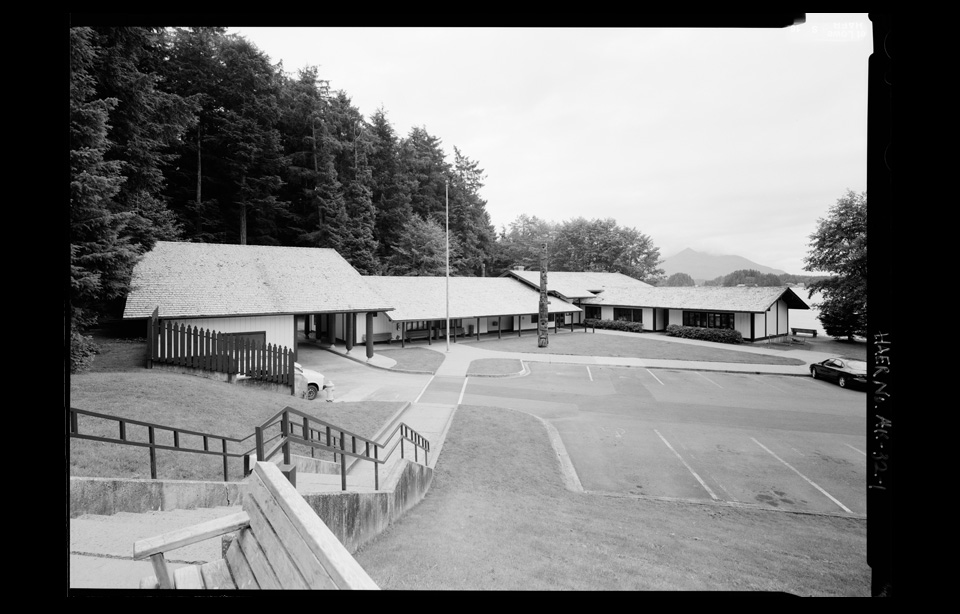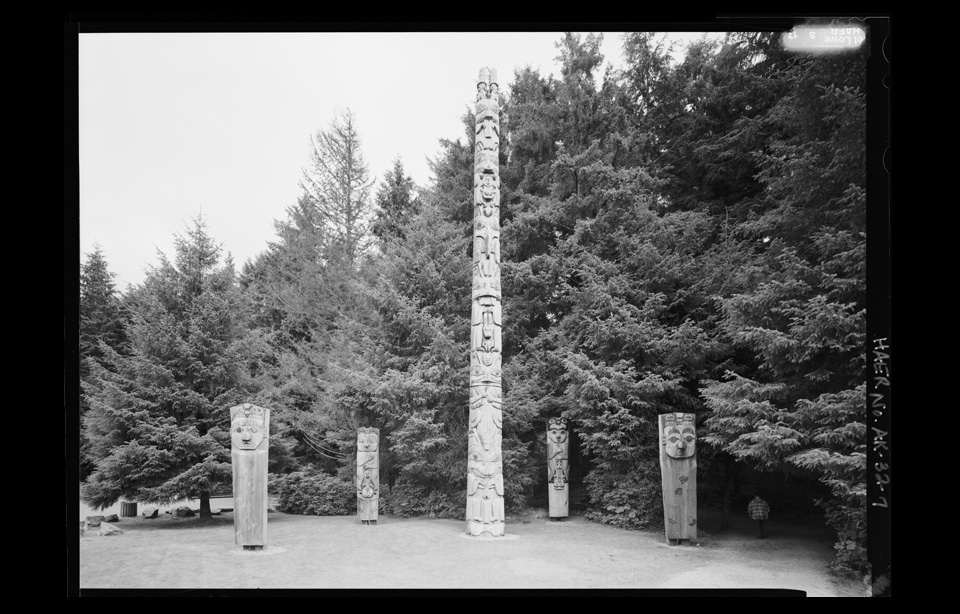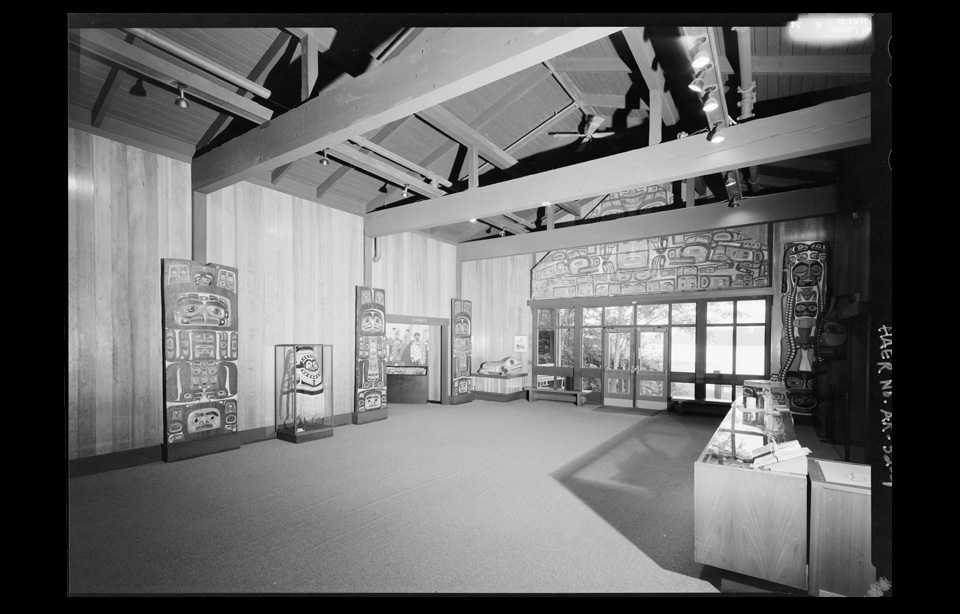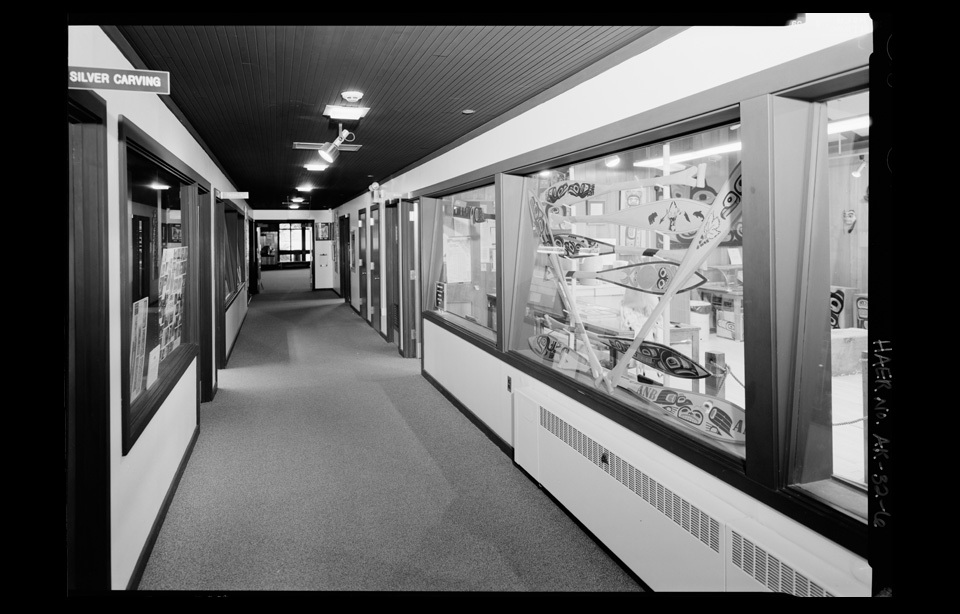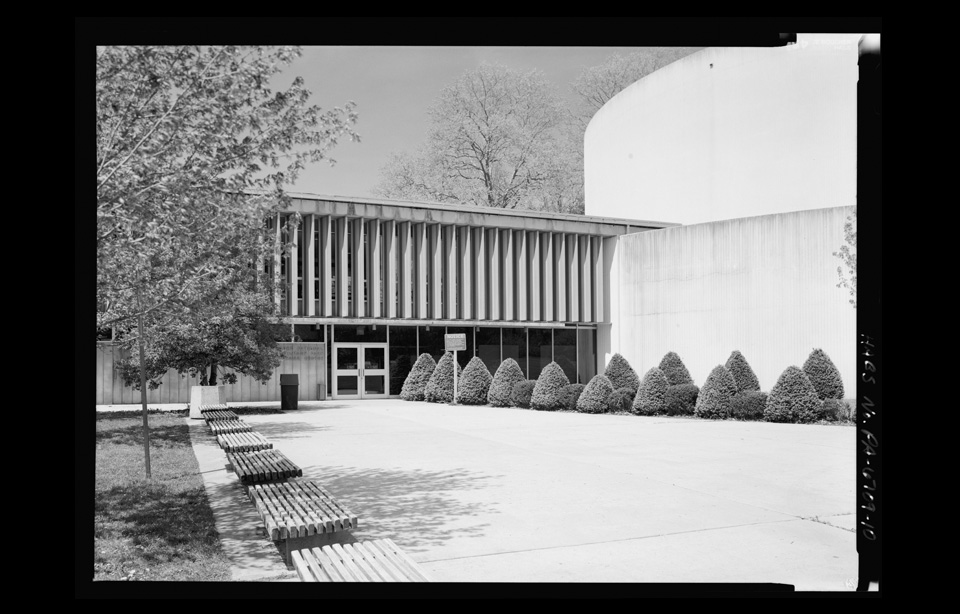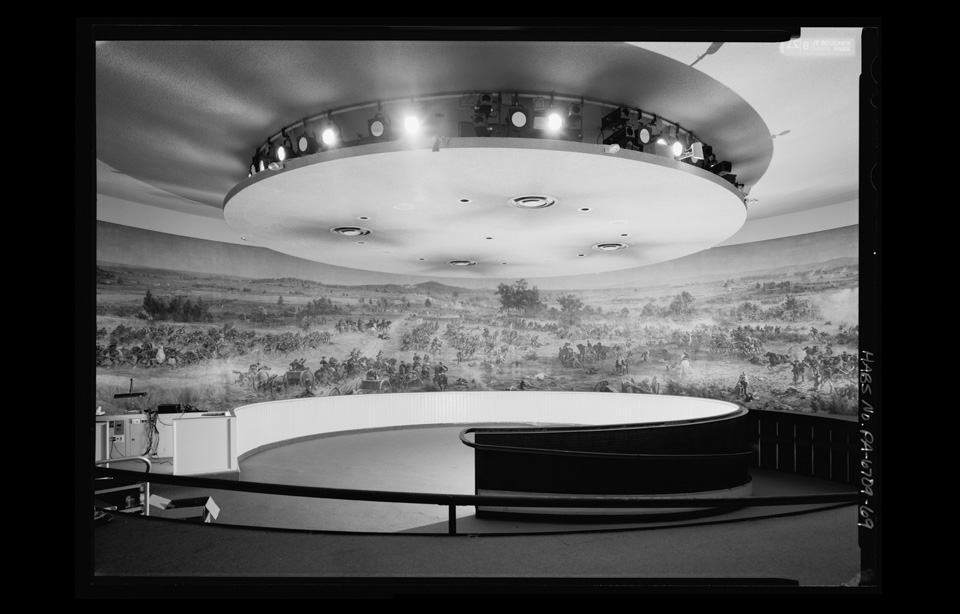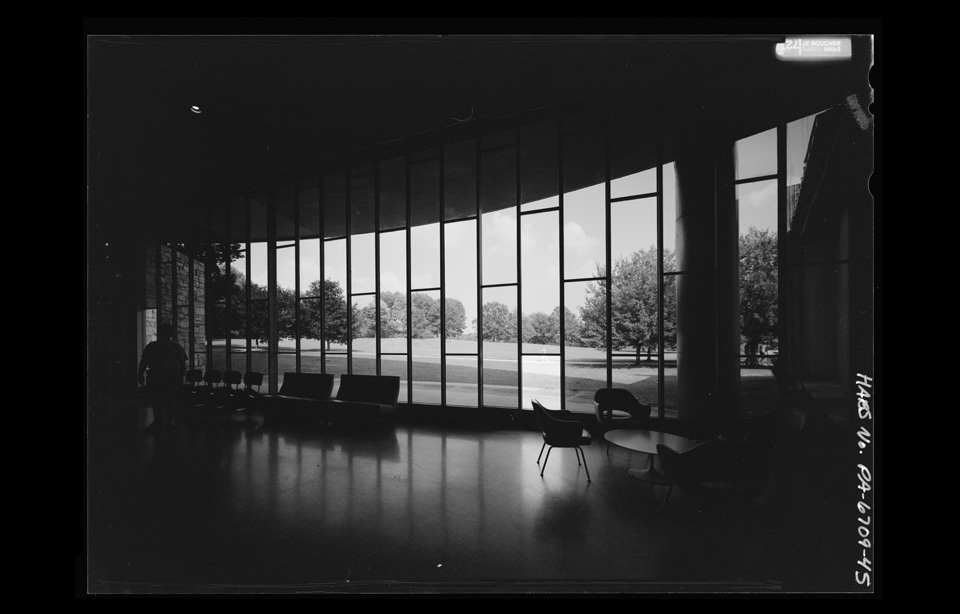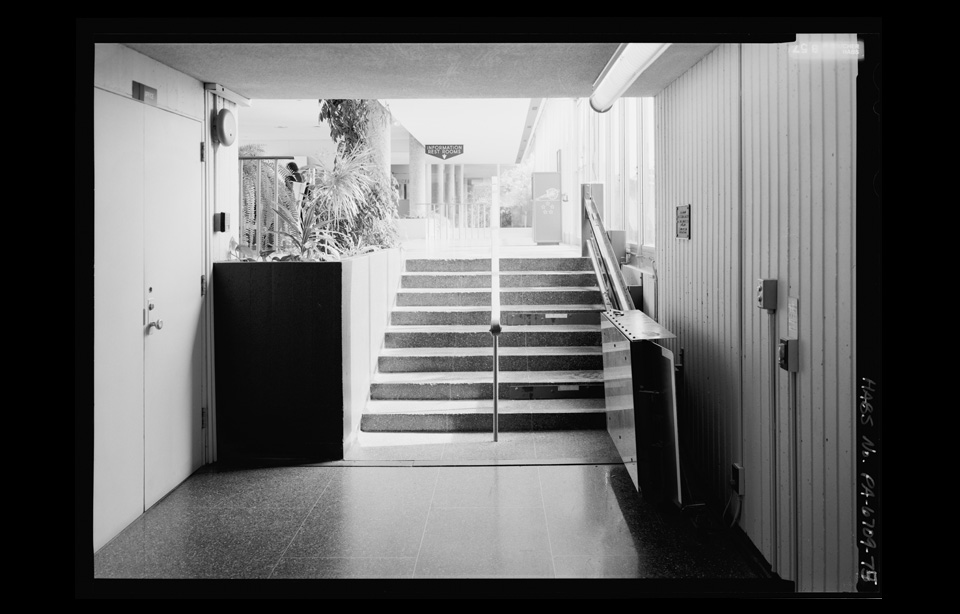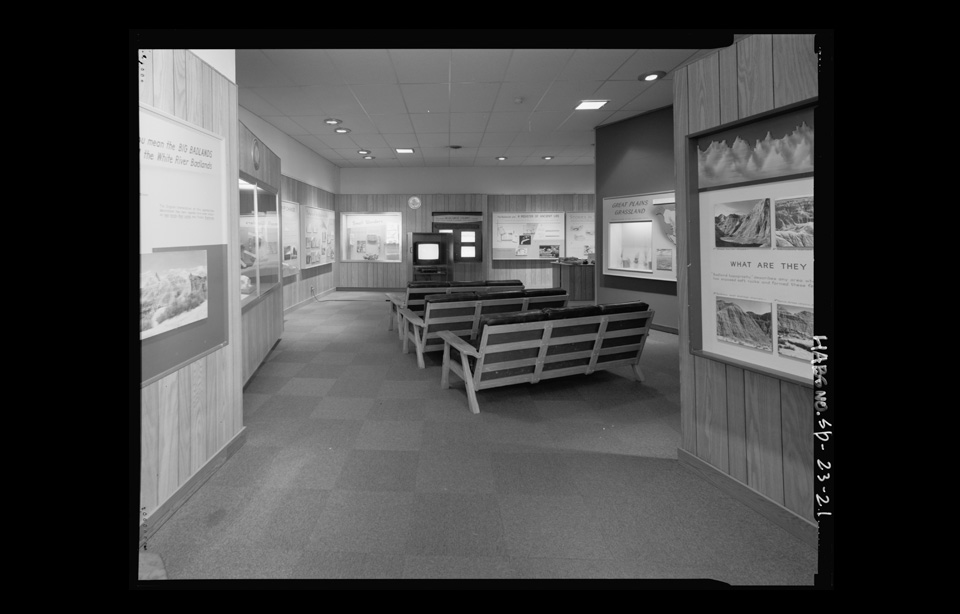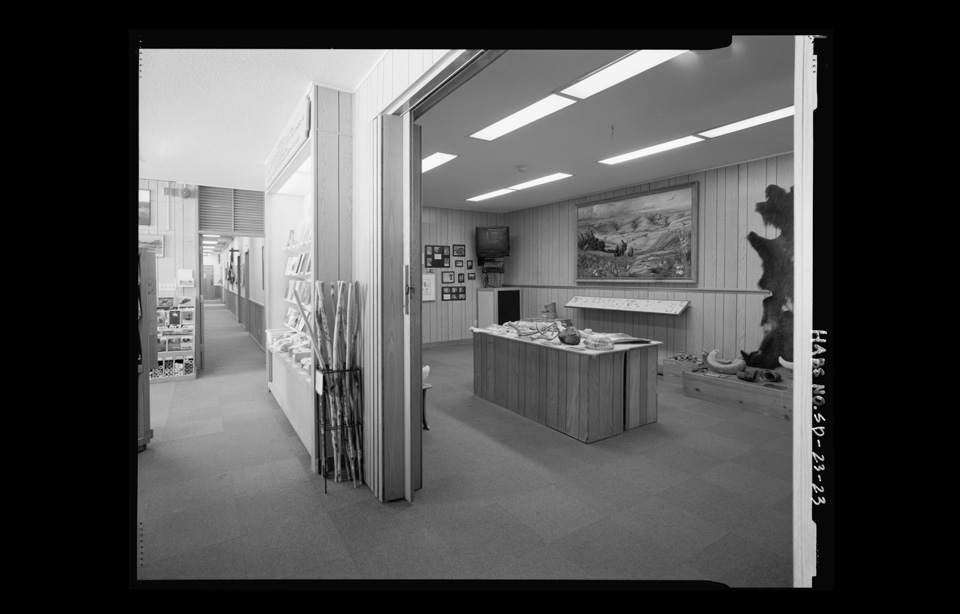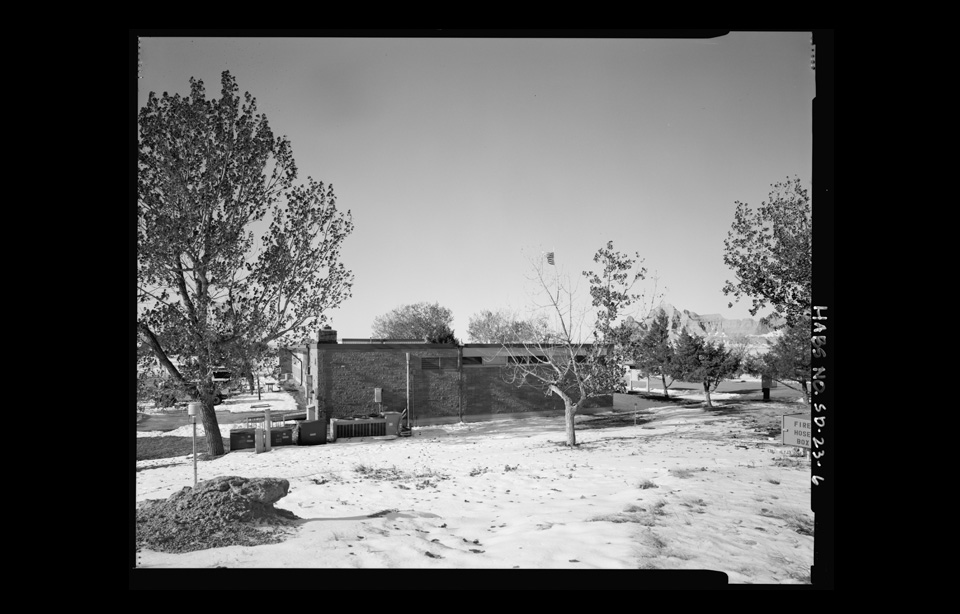The New Way of the Wilderness
This tea quotation comes from the "The New Way of the Wilderness" written by Calvin Rutstrum in 1958. Rutstrum is a "wilderness voyager" - a man who spent most of his life in the wilderness. Like lots of outdoorsmen Rustrum is a coffee fan but in the wilderness tea wins out...
“Despite the fact that I am a coffee drinker, in the woods I prefer tea. This is common with many coffee drinkers. Tea is easier on the digestion and is a quick bracer. Coffee, of course, has no equal for breakfast. Caffeine-free coffees have been much improved in flavor, and come in all forms. Both regular coffee and the “instant” should be carried in air-tight or friction top cans.
Tea can be had in “instant” and tablet form, and in tea bags, but my choice is bulk tea.”
He then goes on to pragmatically describe how he makes his tea in the bush.
“Into a pail of boiling water add tea according to strength desired; one level teaspoon of tea to one quart of boiling water makes mild tea. Do not boil tea. remove it from the fire at once. Let it steep 5 minutes.
Drop tea bag into a cup pour on boiling water and take out the tea bag when the color tells you the tea is the desired strength if lemon is desired in tea, add a pinch of lemon powder.”
"The New Way of the Wilderness" is a classic read; there will be more to come from within its pages.



